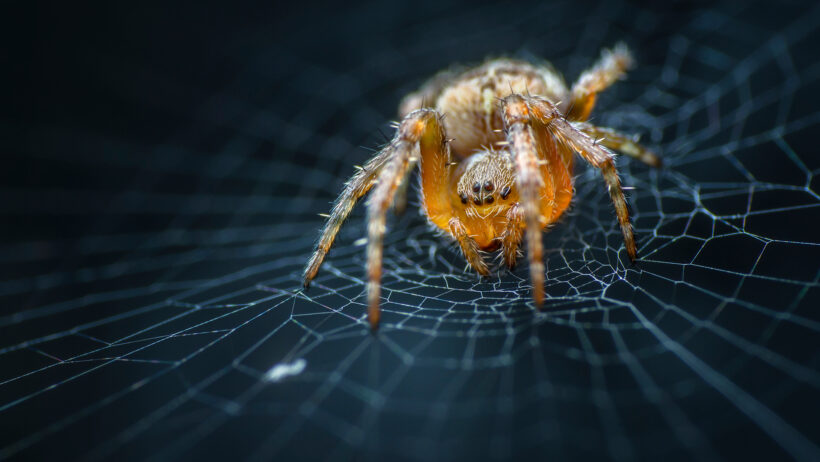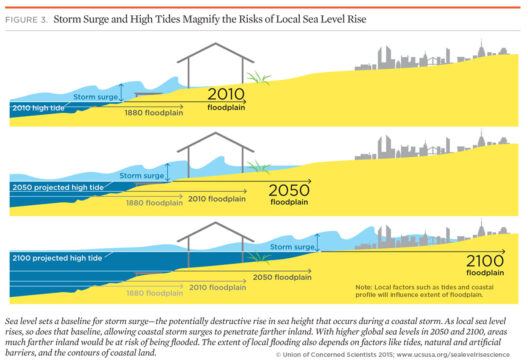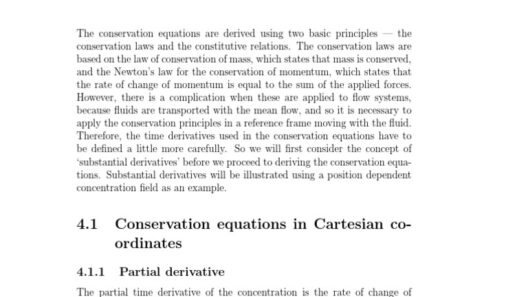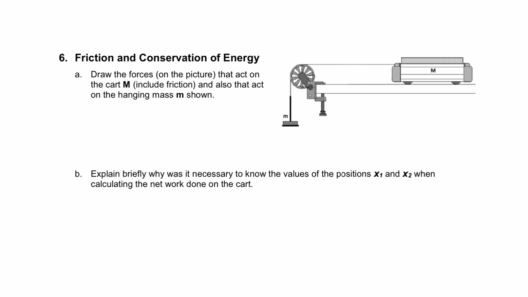Spiders, those enigmatic eight-legged architects of the natural world, possess an intriguing prowess that goes beyond mere predation. They spin intricate silk structures—webs—that serve as both habitat and hunting ground. But as they dangle upon these gossamer threads, a salient question arises: Do spiders conserve energy while hanging out on their webs? To understand this fascinating aspect of their behavior, we must delve into the intricate interplay between energy conservation, ecological adaptation, and evolutionary strategy.
The analogy of a tightrope walker floating above a bustling street comes to mind when observing a spider suspended in its web. Just as the performer must maintain balance to minimize energy expenditure, spiders have developed strategies to optimize their survival through energy conservation. The architecture of a web itself plays a pivotal role in achieving this balance.
Webs serve multifaceted purposes. They are not only traps for unwary prey but also serve as a home base for the spider. When a spider is at rest, it may employ various behaviors that allow it to conserve energy while remaining vigilant. Their natural instinct for ambush hunting is enhanced by the very web in which they reside. When prey makes contact with the silken strands, the spider is instantly alerted through vibrations, often conserving energy by avoiding unnecessary movement.
When stationary, a spider adopts a unique posture: it often curls its legs, minimizing muscle use and thereby retreating into a state of energy conservation. This phenomenon can also be seen in other animals that exhibit freezing or stillness as a survival mechanism. Stillness, in fact, is a strategy employed by various organisms, including predators who must conserve energy while waiting for the opportune moment to strike.
Moreover, the molecular architecture of spider silk—an extraordinary substance—plays a critical role in energy conservation. Unlike the slightly crumpled cotton of a well-used t-shirt, silk has a tensile strength that far surpasses steel, allowing the spider to construct webs that are robust yet lightweight. Consequently, a spider can maneuver effortlessly while requiring minimal energy to traverse its web. The design reduces the need for strenuous activity and promotes an energy-efficient lifestyle. However, the question of material versus energy efficiency becomes intertwined: does the silk capture energy that a spider would have otherwise lost?
When contemplating the conservation of energy in spiders, one must also recognize the energy expenditures associated with web maintenance. Spiders are known to consume their silk when their webs are damaged. This act serves a dual purpose. It recycles valuable protein material while favoring efficient growth and repair mechanisms. This foray into energy economics reveals an inherent intelligence within spiders: they glean sustenance from their own byproducts without incurring the costs of foraging.
The choice of web type also factors significantly into energy conservation. Different spider species employ varying web structures based on their specific needs and habitats. Orb weavers, for instance, construct expansive and often intricate designs capable of catching flying insects. In contrast, funnel webs or cobwebs focus primarily on ambush tactics rather than ensnaring airborne prey. Such diversity illustrates how ecological factors shape behavioral strategies for conserving energy through web design, ensuring spiders remain adept in their specific niches.
Hunger drives spiders to adapt their energy expenditure concerning food availability. Under conditions of scarcity, they may reduce the size of their webs and increase their ambush behaviors. This flexibility showcases an evolutionary adaptation wherein spiders can modify their energy output based on environmental context. It is, in many ways, a reflection of Darwinian survival: the ability to conserve energy when food is scarce enhances longevity and reproductive success.
Research has suggested that even the act of spinning webs itself is an energetically taxing endeavor. While some spiders may hang in their webs, patiently waiting, others utilize this time to engage in alternative activities, such as molting or reproducing. Detaching themselves from their silk constructs when not hunting allows spiders to engage in other essential biological processes, demonstrating an intricate ballet between energy conservation and life cycle requirements.
As ecological sentinels, spiders hold an indispensable role within food webs and ecological systems. They manage pest populations, contributing to a balance during tumultuous seasonal changes while concurrently conserving energy. Their existence underscores the importance of understanding energy dynamics in ecosystems. Predation, competition, and resource allocation hinge largely upon energy efficiency, a principle embodied vividly in the lives of these arachnid inhabitants.
In conclusion, the contemplation of energy conservation in spiders as they grace their silken abodes provides profound insights into their behavioral ecology and evolutionary adaptability. By exploiting a delicate balance of their physical capabilities, material properties, and ecological contexts, spiders have perfected the art of surviving with minimal energy expenditure. The essence of life for these remarkable creatures lies entwined within their webs, a metaphor for resilience, strategy, and the elegant economy of nature. As observers of this intricate lifestyle, we can draw parallels that invite deeper reflection on our own relationship with energy in the broader ecosystem. Just as the spider thrives through the efficient use of resources, perhaps we too can learn lessons in sustainability from these remarkable weavers of the natural world.








